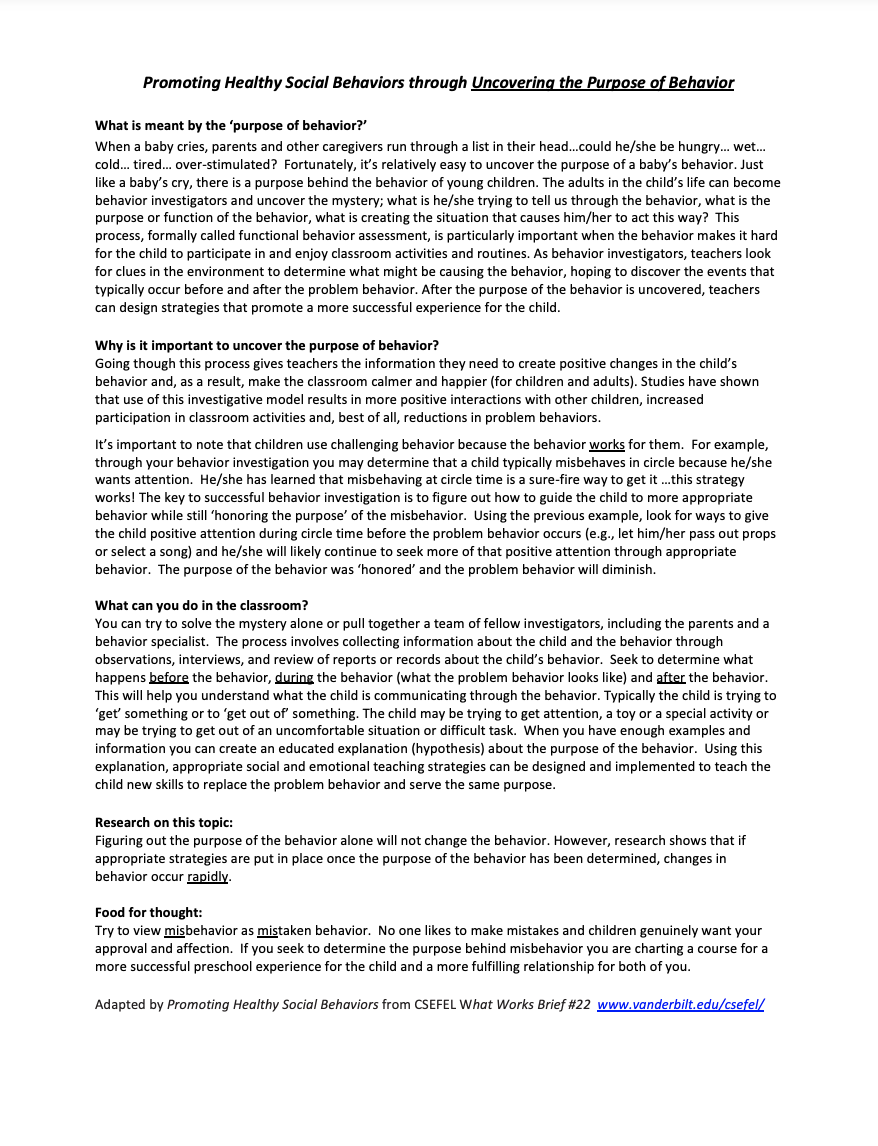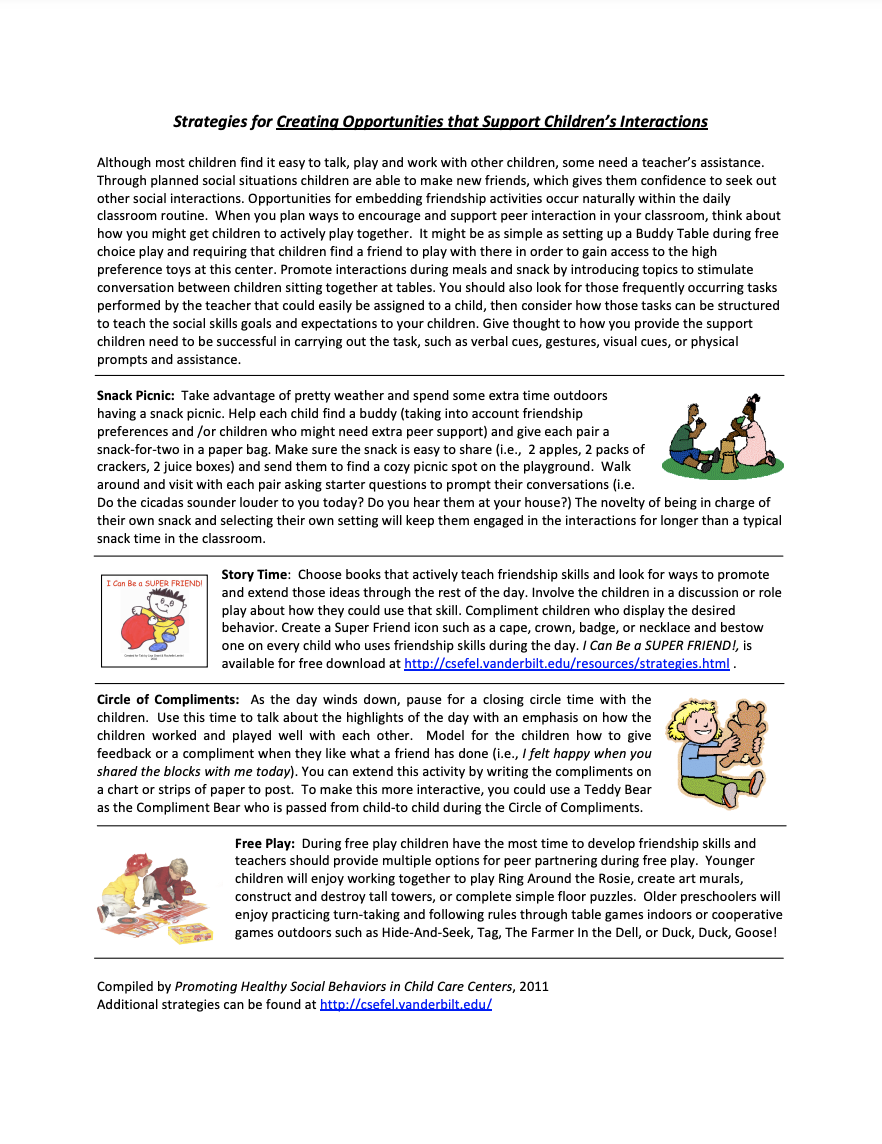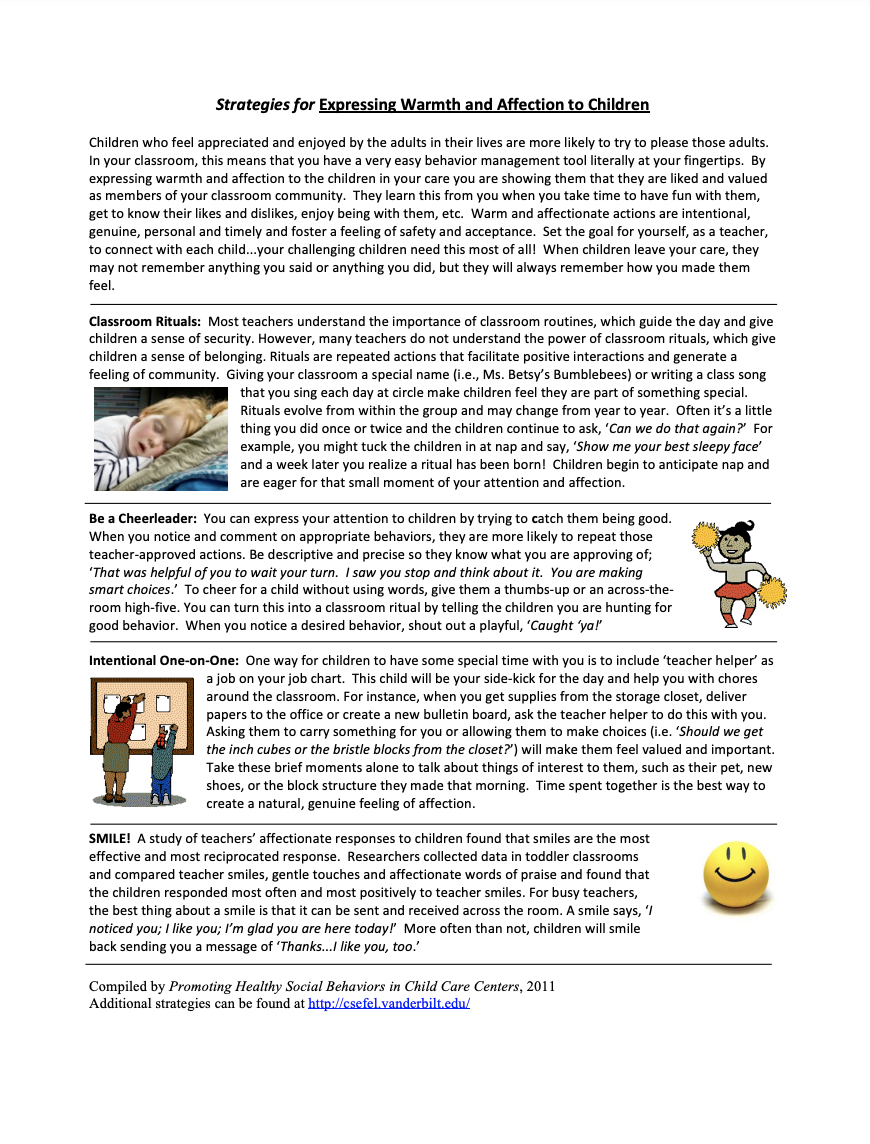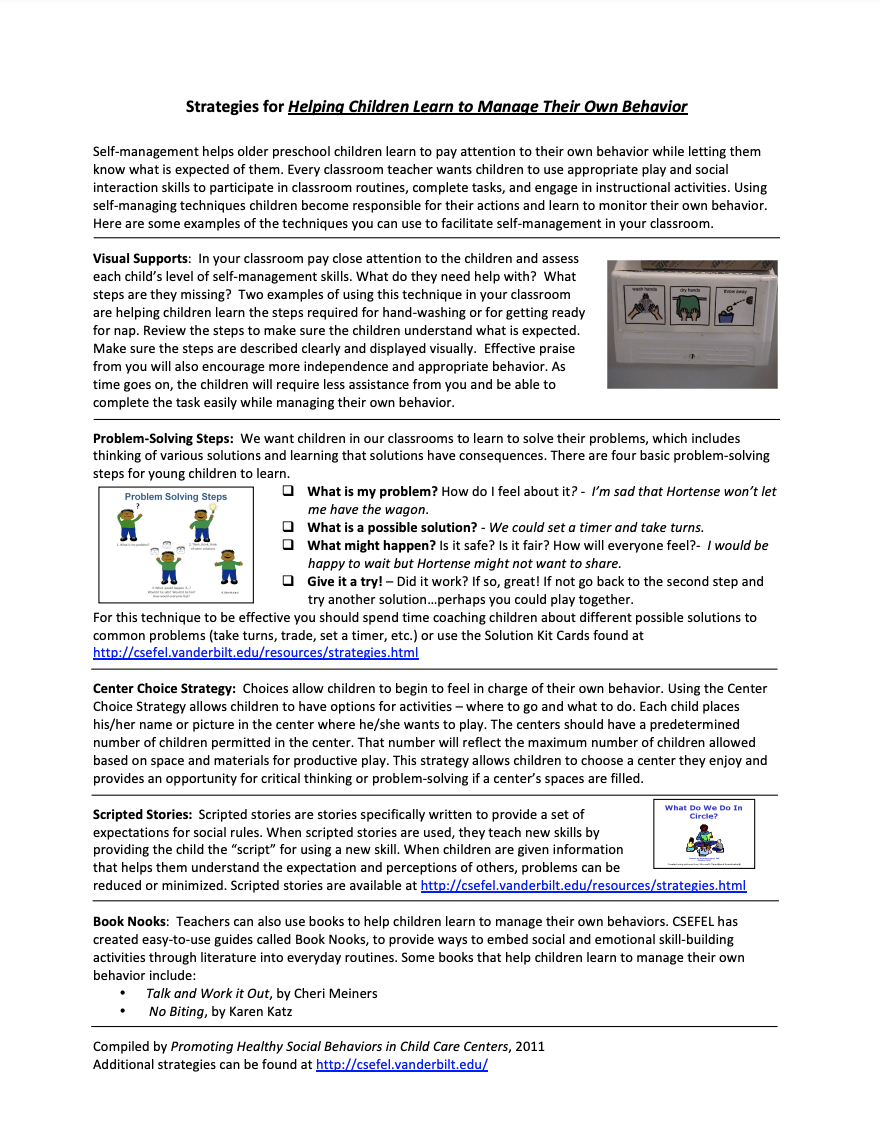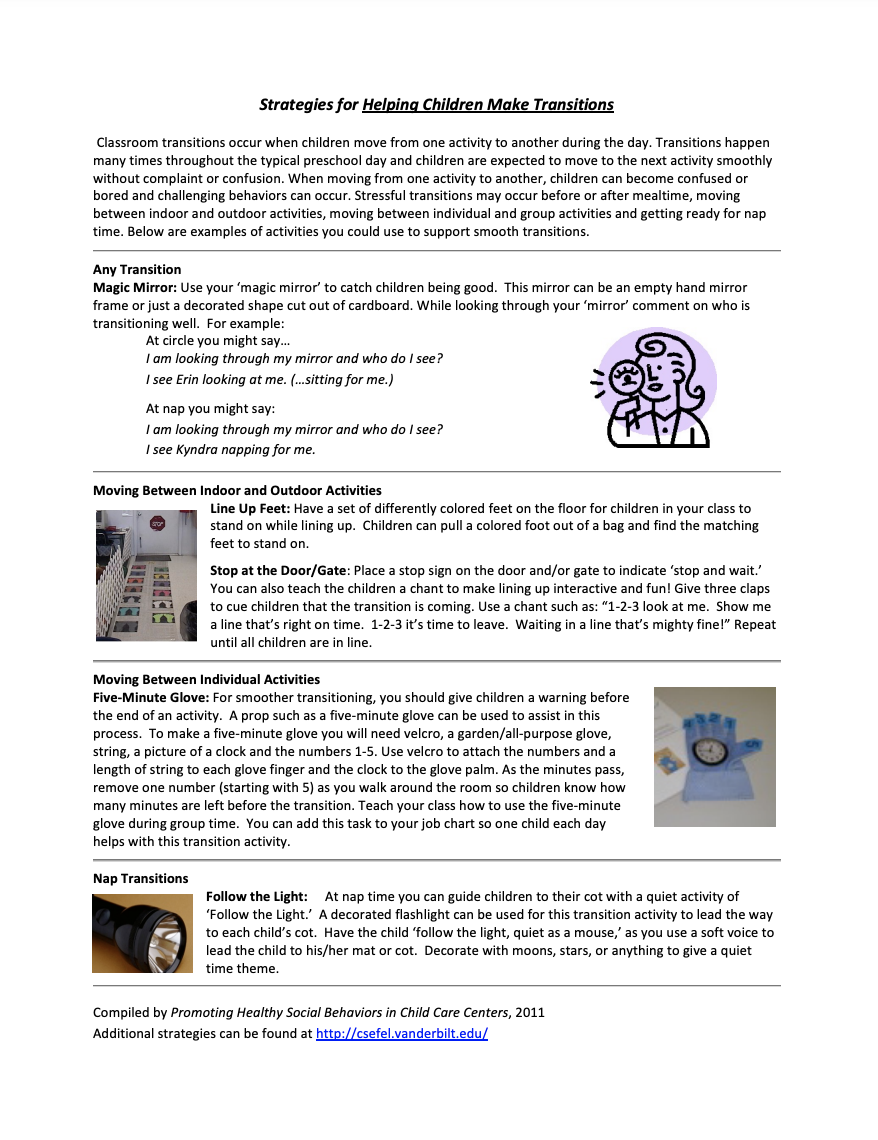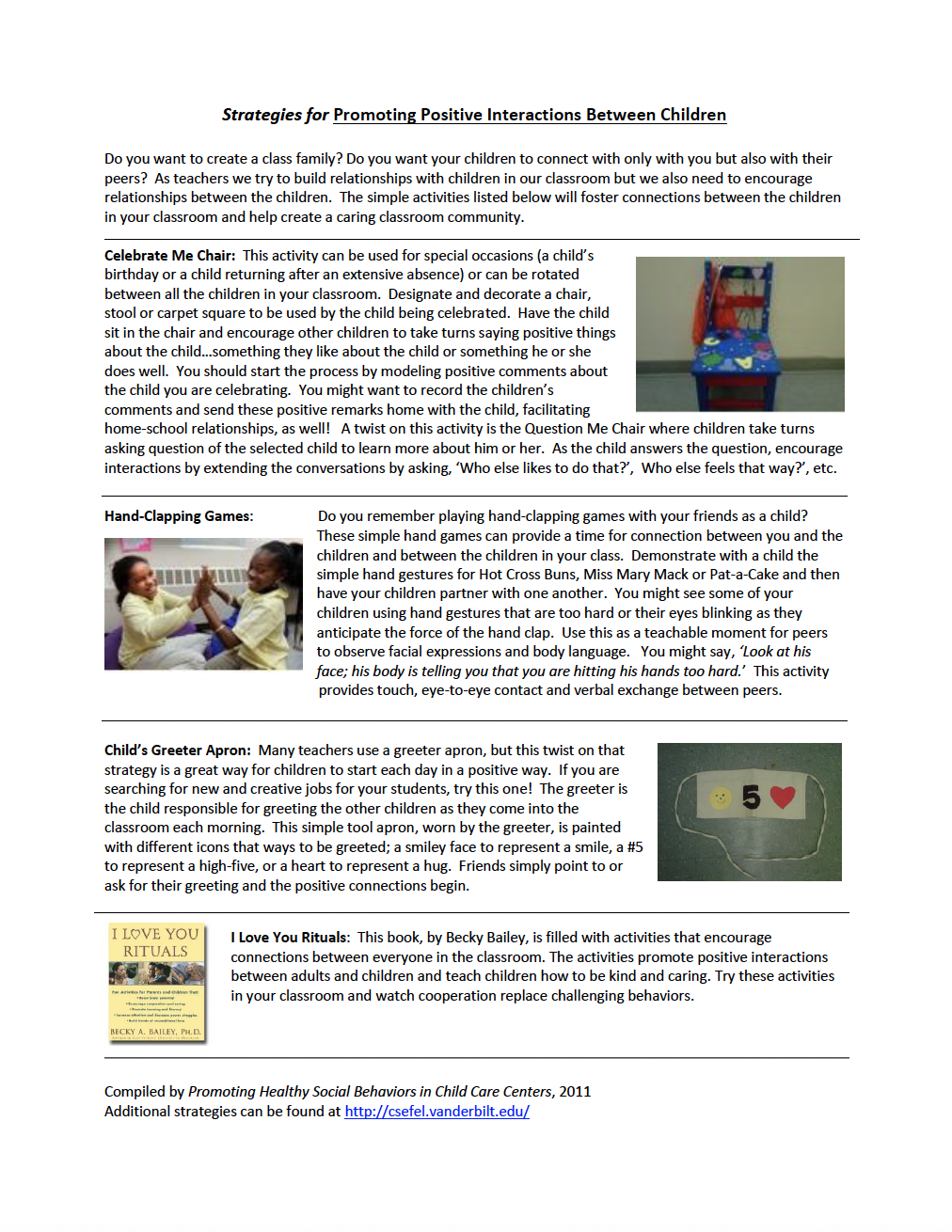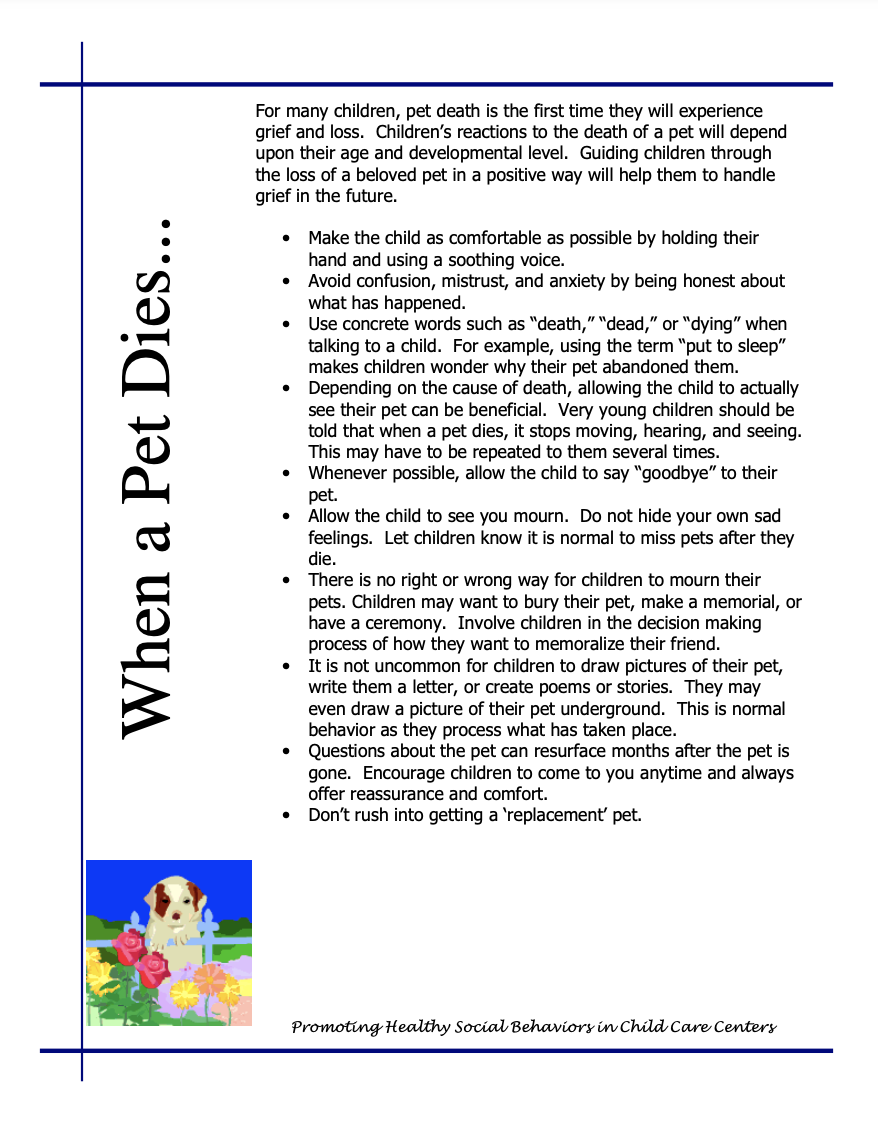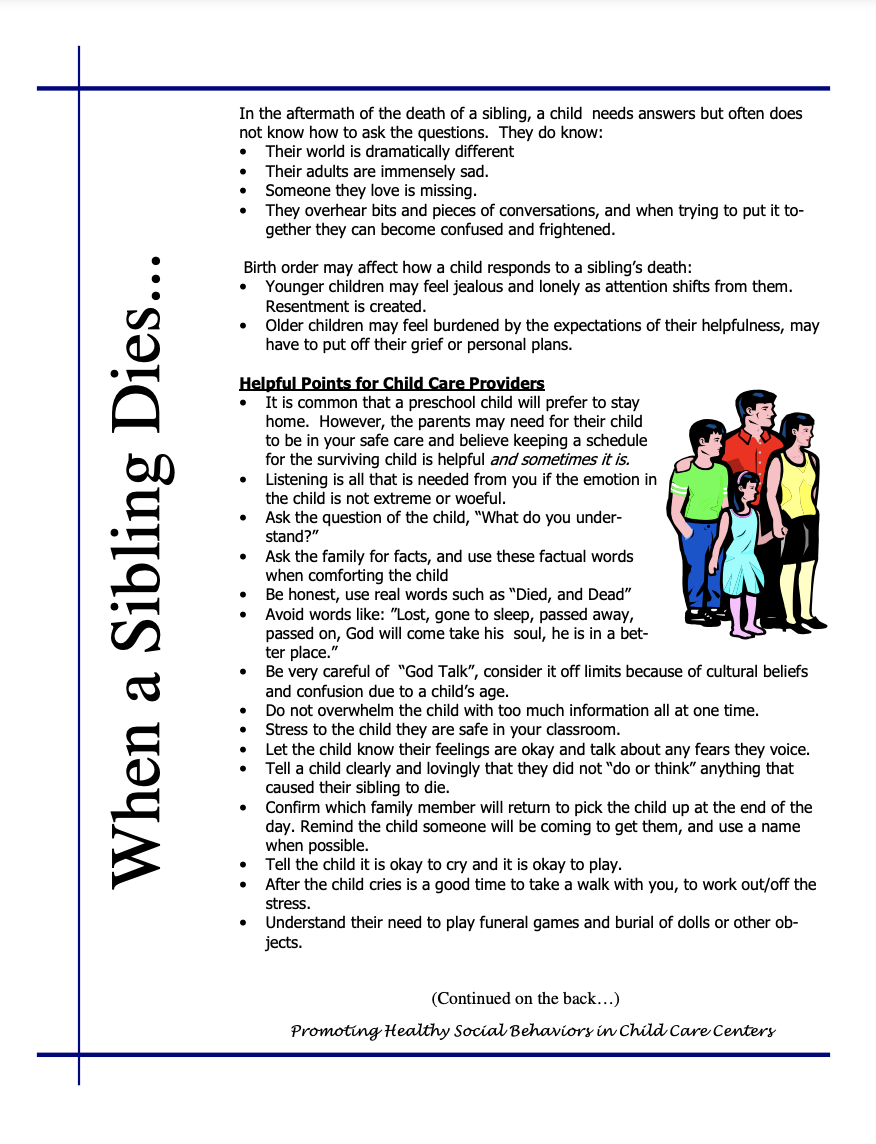What is meant by the purpose of behavior and why is important? Find out in this report.
Topic: Social-Emotional
Strategies for Creating Opportunities That Support Children’s Interactions
Although most children find it easy to talk, play and work with other children, some need a teacher’s assistance. Through planned social situations children are able to make new friends, which gives them confidence to seek out other social interactions. Discover various strategies in this report.
Strategies for Expressing Warmth and Affection to Children
Children who feel appreciated and enjoyed by the adults in their lives are more likely to try to please those adults. In your classroom, this means that you have a very easy behavior management tool literally at your fingertips. Find some quick and easy strategies in this report.
Strategies for Fostering Emotional Literacy in Young Children
As a teacher you can help the children in your classroom learn to label emotions and develop this valuable social-emotional skill. This report provides examples of ways to incorporate “emotion faces” into your classroom as well as other strategies for fostering emotional literacy in young children.
Strategies for Helping Children Learn to Manage Their Own Behavior
By using self managing techniques, children become responsible for their actions and learn to monitor their own behavior. This report provides examples of techniques you can use to facilitate self management in your classroom.
Strategies for Helping Children Make Transitions
This report contains ideas for activities that you can use to support smooth transitions for children throughout the day.
Helping Children Learn to Manage Their Own Behavior
Learn more about self-management for children and why it’s important in this report.
Strategies for Promoting Positive Interactions Between Children
Do you want to create a class family? Do you want your children to connect with only with you but also with their peers? As teachers we try to build relationships with children in our classroom but we also need to encourage relationships between the children. The simple activities listed in this report will foster… Continue reading Strategies for Promoting Positive Interactions Between Children
When a Pet Dies
For many children, pet death is the first time they will experience grief and loss. Children’s reactions to the death of a pet will depend upon their age and developmental level. Guiding children through the loss of a beloved pet in a positive way will help them to handle grief in the future.
When a Sibling Dies
In the aftermath of the death of a sibling, a child needs answers but often does not know how to ask the questions. This guide contains helpful tips for child care providers and parents.
